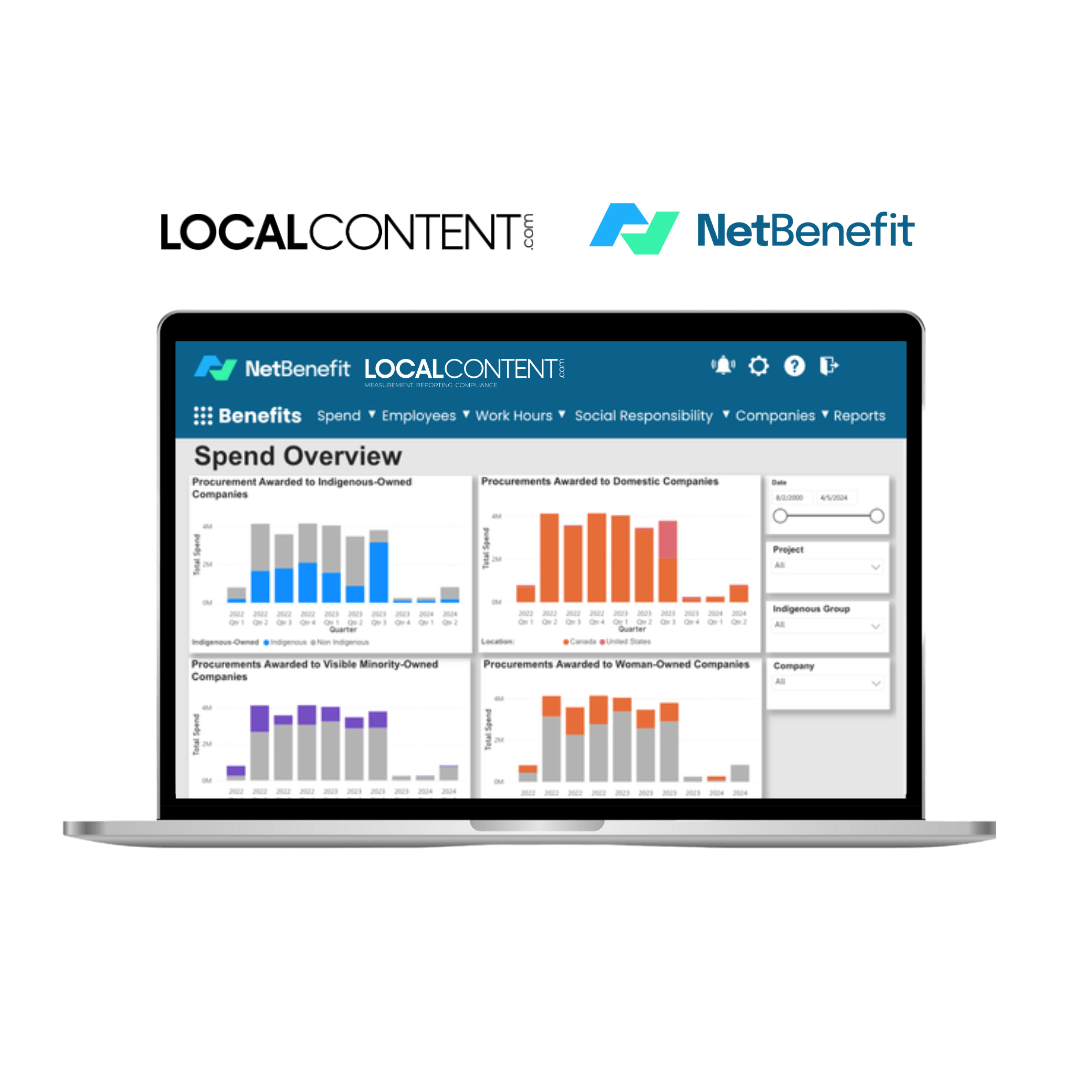(Augusta, ME) – Maine’s infrastructure is now ranked ahead of the national infrastructure score, donning a ‘C’ grade in the 2024 Report Card for Maine’s Infrastructure. This is one step ahead of the ‘C-‘ the nation received in the 2021 Report Card for America’s Infrastructure. ASCE’s Maine Section released its latest report today, which covers 16 categories of infrastructure and is a one-step increase from the ‘C-‘ the state received in its 2020 report.
At a press conference, Maine Section leadership, along with Bruce Van Note, Commissioner, MaineDOT, and Craig Douglas, General Manager, Brunswick & Topsham Water District, shared findings from the report and perspectives from leading Maine infrastructure departments.
Of the 16 categories, six (hazardous waste, rail, roads, schools, stormwater, and solid waste) saw grade increases, while three (bridges, energy, and levees) saw grade decreases compared to the 2020 report card.
The grades for each category are below:
| Grade | Categories |
| B | Aviation |
| B- | Ports, Rail |
| C+ | Schools |
| C | Public Parks, Stormwater |
| C- | Drinking Water, Energy, Hazardous Waste, Roads, Solid Waste, Wastewater |
| D+ | Bridges, Dams, Levees, Transit |
Increased Funding Improving Short-Term Outlook, Not All Progress Accounted For
Maine’s bridges saw a one-step decrease to a ‘D+’ in the 2024 report card, compared to a ‘C-’ in 2020. One out of every seven bridges are in poor condition, and more than half of the bridges in the state are more than 50 years old, which is the designed service life for most bridges. Increased funding for transportation from state and federal sources is marking positive trends, but those projects are in the design and construction process and are not reflected in current condition data. Roads, on the other hand, saw a two-step grade increase from a ‘D’ to a ‘C-’. Over the last decade, the state has seen substantial improvements in pavement conditions, with 74 percent of state highways in good or excellent condition compared to 60% in 2012. Maine has invested substantially in projects to improve roads and bridges across the state, with Maine DOT’s 2024-2026 work plan including $4.74 billion in projects, an 83% increase over the 2020-2022 work plan. Although both categories have received similar funding boosts, often from the same revenue sources, road maintenance can be implemented much faster than bridges, which are often multi-year processes.
Water Systems Improving
Wastewater (C-) and stormwater (C) systems in Maine both saw a one-step grade increase in the 2024 report card. While increased funding for these systems has helped make much-needed improvements, there are still potential problems ahead, including many wastewater and stormwater systems nearing the age of their projected lifespans, which will require extensive improvements to ensure they remain reliable and resilient for the future.
Maine’s drinking water grade remained stable at a ‘C-’, but aging infrastructure and new regulations on the levels of ‘forever chemicals’ (PFAs) in water will put pressure on utility systems that rely heavily on user fees and have limited budgets to upgrade their facilities. Water systems in Maine are not meeting their goal to replace one percent of water service lines each year, which adds anywhere from 10 to 50 years to the typical 100-year replacement cycle. Maine has approximately $60 million in annual drinking water needs for the next 20 years, with an estimated annual shortfall of $27 million. Those funding numbers are expected to increase as water systems comply with new federal regulations which will limit the levels of PFAs in drinking water.
Energy Grid a Concern
Maine’s energy grade dropped two steps to a ‘C-’ in this year’s report card. The state’s energy systems need approximately $2 billion in work to meet current needs. Like most states, Maine is dealing with increasing energy demand caused by more heat pumps used to heat homes and businesses and electric vehicle charging. While new renewable energy sources are coming online, demand is growing faster than the development of new plants. Additionally, power plants built during the 1970s and 1980s are reaching the end of their service life and will need to be replaced. As Maine builds an energy grid for the future, resilience and reliability must be a top priority because Maine is third in the nation in terms of both the frequency and duration of power outages.
How to raise the grade
The Report Card for Maine’s Infrastructure includes five recommendations to raise its cumulative grade.
- Prioritize public safety: Prioritize funding for statewide dam and levee needs, PFAS remediation, and reducing traffic fatalities. There are significant hazards posed by dam or levee failures, including risks to public safety, property, infrastructure, and the environment. Additionally, increasing investment will be required for Maine’s efforts to address PFAS contamination in the environment, including soil and groundwater assessments and remediation measures. Traffic crashes typically cause over 150 fatalities on Maine roads annually. Investing in recommendations in the state’s highway strategic safety plan will save lives.
- Implement climate resilience. In recent years, the increasing frequency of severe storms has significantly impacted Maine’s infrastructure. With our state’s “Maine Won’t Wait” plan for future maintenance and improvements, it’s essential to strategically invest in enhancing the resiliency of our state’s infrastructure. This will ultimately reduce long-term costs for users. All projects should consider climate impacts in their decision-making process regarding infrastructure investments. As an example, increasing investments in transit to attract more users will help reduce greenhouse gas emissions.
- Create sustainable funding sources. A continued reliance on federal grants, non-indexed user fees, and one-time increases in funding is not sustainable. Infrastructure projects require extensive time to plan, design, and permit. While transportation has historically benefitted from the fuel tax and state bonding, its purchasing power has diminished over the years. To address rising construction costs and accommodate the shift to electric vehicles, we must identify new funding sources to replace the declining fuel tax and user fees, such as the Passenger Facility Charge (PFC).
- Set responsible, resilient utility rates and user fees. User fees should accurately reflect the true costs of using, maintaining, and improving our infrastructure. While many infrastructure owners can evaluate their own needs and set appropriate fees or bonding plans, a sustained educational initiative is crucial to inform the public about fee changes and assist smaller or resource-constrained utilities in financing options and outreach strategies. The public’s willingness to accept increased user fees for necessary infrastructure upgrades is essential, particularly when significant investments are needed.
- Educate and innovate: Maine has an aging population possessing a wealth of expertise and practical knowledge that must be harnessed and shared to cultivate a skilled workforce for the future. The industry must adapt to the next generation to foster a dynamic and resilient work environment. By investing and embracing innovation and new technologies, opportunities exist to empower the workforce and ensure its ability to thrive and adapt in the years to come.
What’s next
State infrastructure report cards are a valuable advocacy tool at all levels of government. ASCE members are looking forward to discussing the new Report Card and steps to raise the grade with state lawmakers when they start the 2025 legislative session in January, and with Maine’s members of Congress during ASCE’s Legislative Fly-In, which takes place in March, immediately after the release of the 2025 Report Card for America’s Infrastructure.
Media Contact








